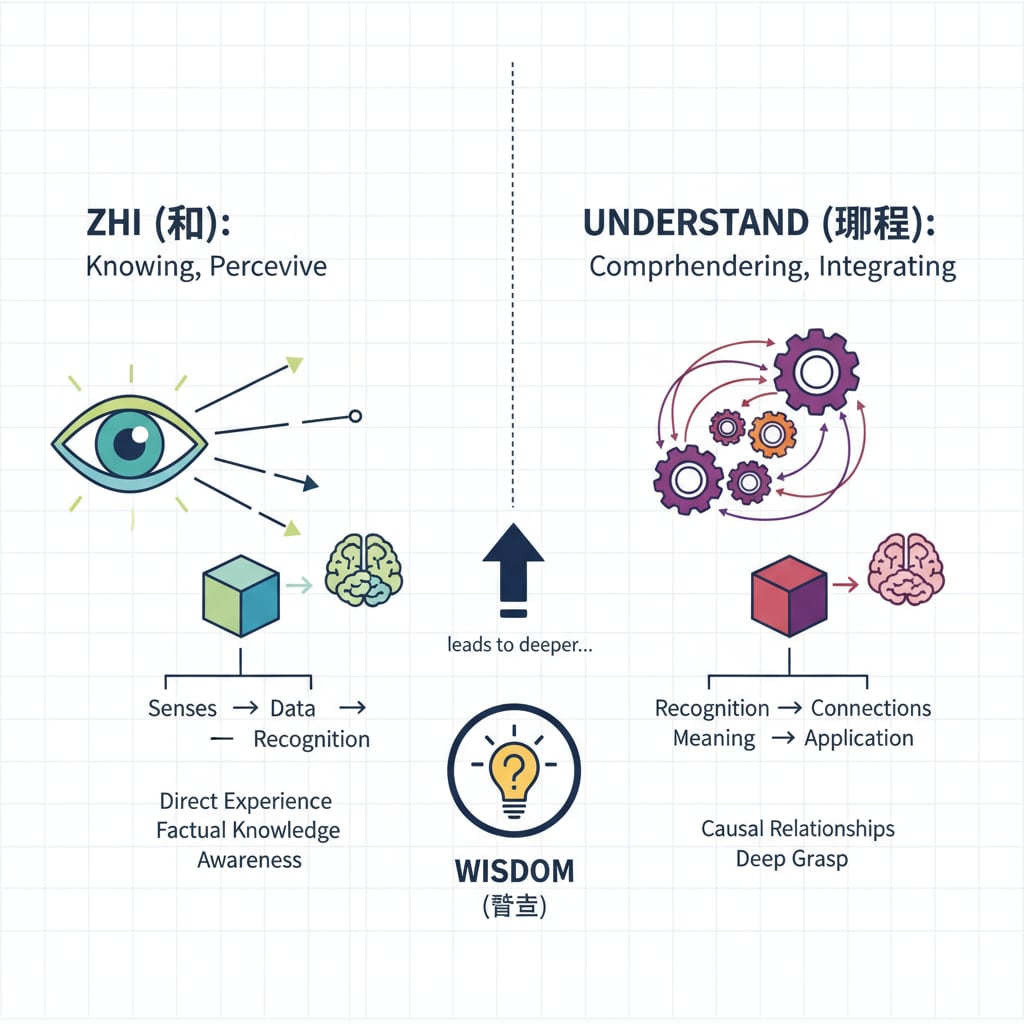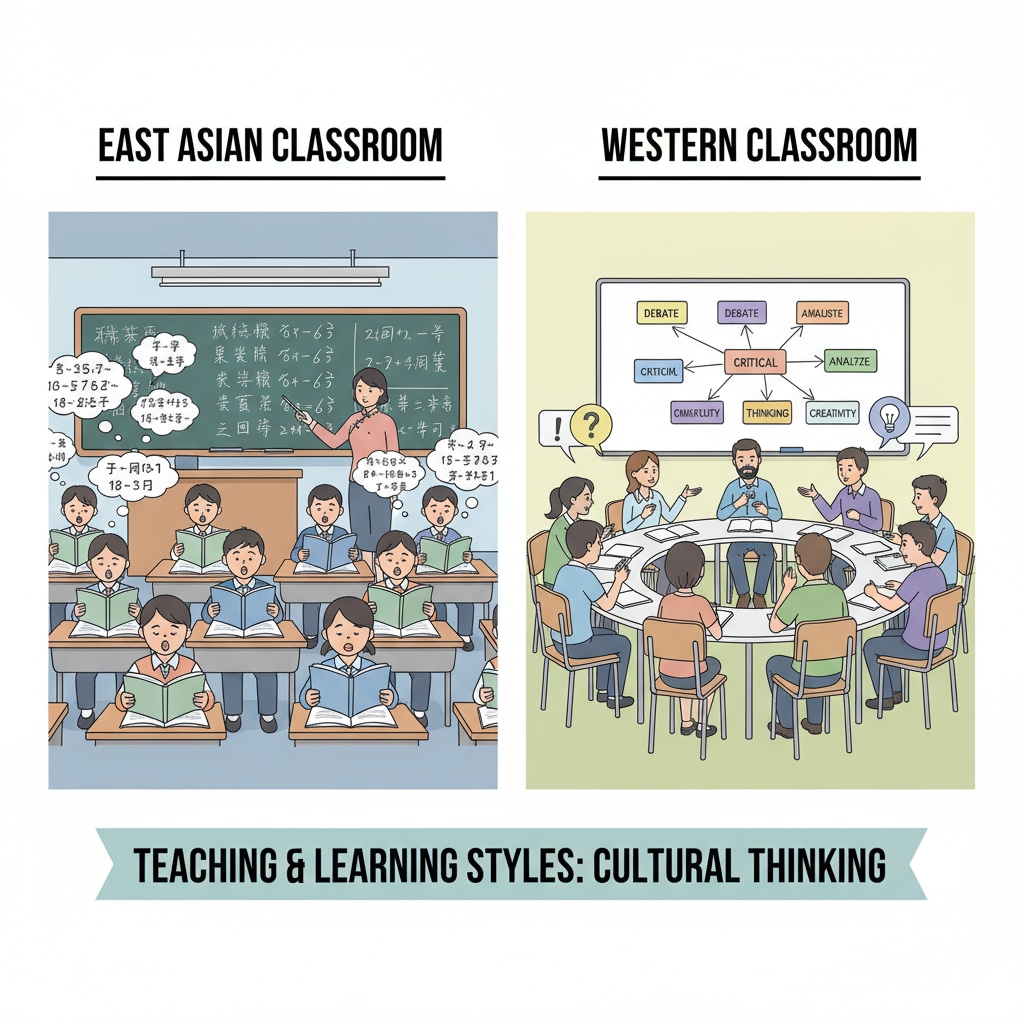The semantic and cultural connotations of words can provide profound insights into the underlying thought processes of different cultures. When we compare “Zhi” in Chinese and “understand” in English, we embark on a journey to uncover the language differences and cultural thinking that shape educational approaches in the East and the West.

As we navigate through these linguistic nuances, we can glean valuable wisdom to enhance modern K12 education.
The Semantic Landscape of “Zhi” and “Understand”
“Zhi” in Chinese has a broad spectrum of meanings. It can simply mean “to know” in the sense of having information at hand. For example, one might say “我知 道这件事” (Wǒ zhīdào zhè jiàn shì), which translates to “I know about this matter”. However, it also encompasses a deeper sense of acquaintance or recognition. In contrast, “understand” in English implies a more comprehensive comprehension. According to Wikipedia’s entry on Understanding, it involves grasping the meaning, significance, and implications of something. This semantic difference is the first step in understanding the cultural thinking divergence.
Cultural Thinking Embodied in Language
Chinese culture, with its long history, often emphasizes rote learning and memorization as a way to accumulate knowledge, which is related to the basic meaning of “Zhi”. Students are taught to know facts and figures by heart. Western culture, on the other hand, places a greater emphasis on critical thinking and the ability to analyze and interpret information, as reflected in the concept of “understand”. For instance, in Western classrooms, students are encouraged to question and discuss ideas. This difference in cultural thinking can be traced back to historical, social, and philosophical roots.

As explained on Britannica’s education page, educational systems are deeply influenced by cultural values.
In modern K12 education, it is essential to blend the best of both worlds. By integrating the Chinese emphasis on knowledge acquisition with the Western focus on understanding, educators can help students move beyond surface-level learning. This could involve using traditional Chinese teaching methods to build a solid knowledge foundation and then applying Western teaching strategies to foster critical thinking and deeper comprehension.
Readability guidance: In this article, we have explored the semantic differences between “Zhi” and “understand”, and how they mirror cultural thinking. We’ve used short paragraphs and lists to summarize key points, and maintained an appropriate balance of sentence lengths and active voice usage. Transition words have been scattered throughout to enhance the flow of the article.


